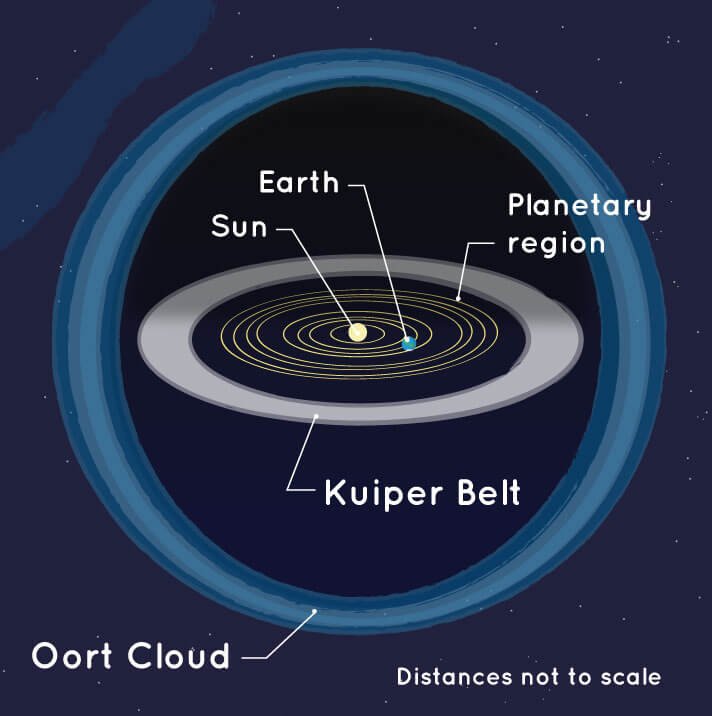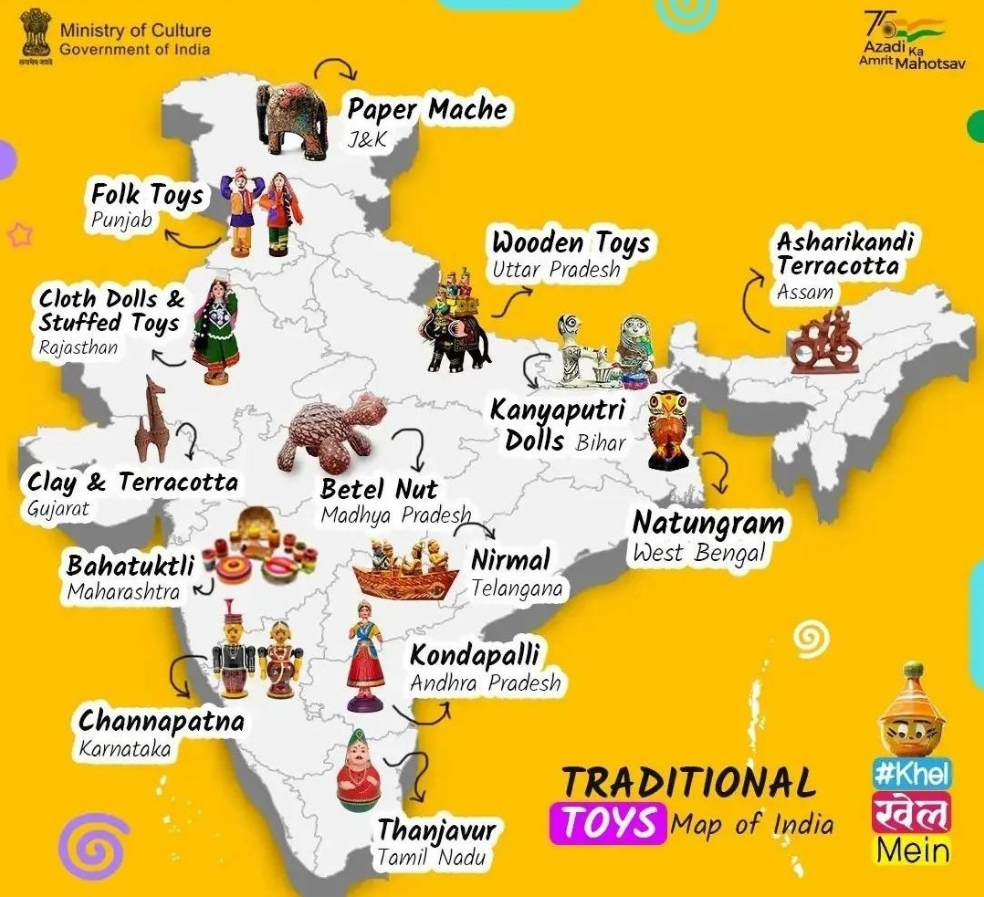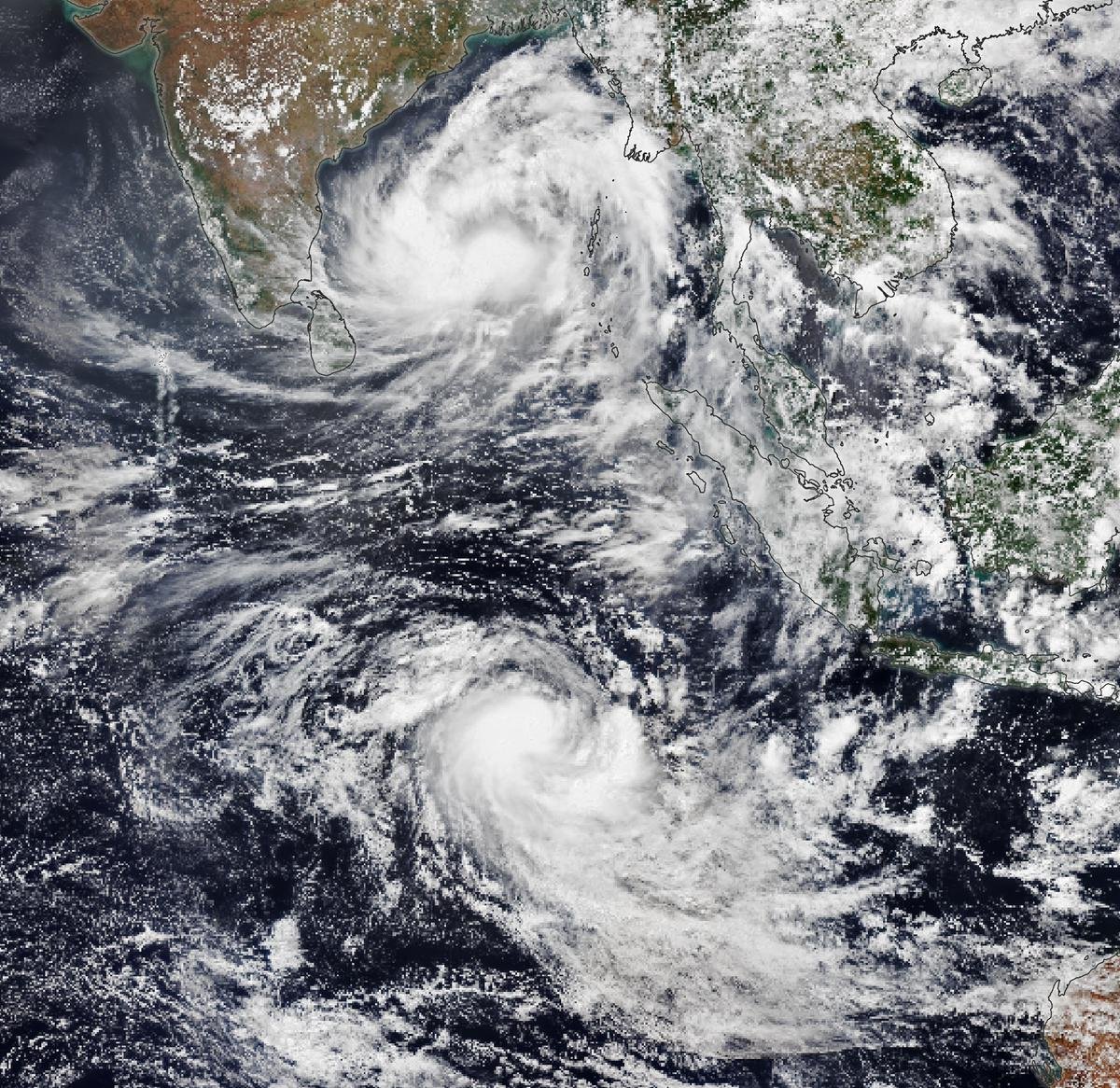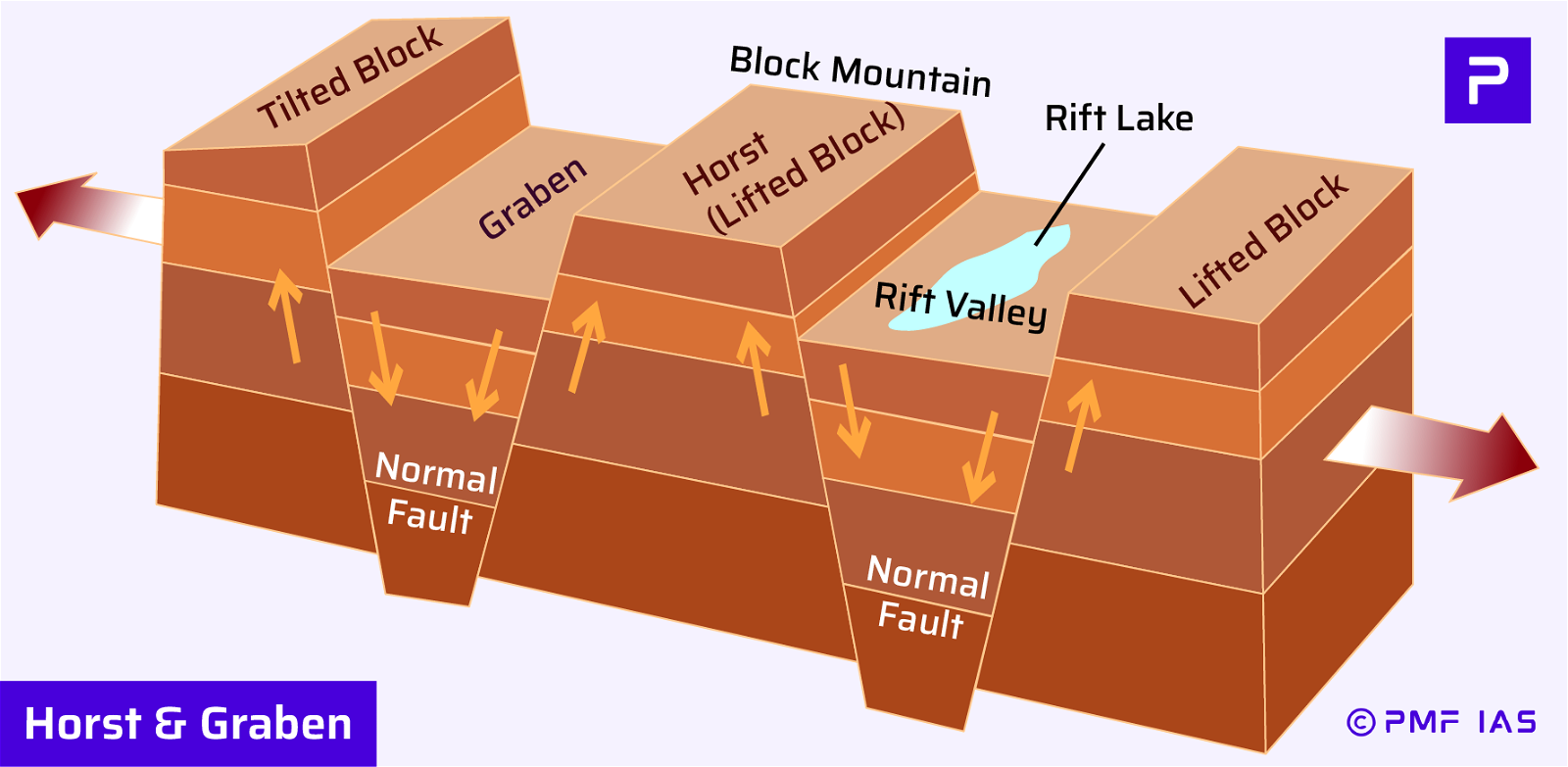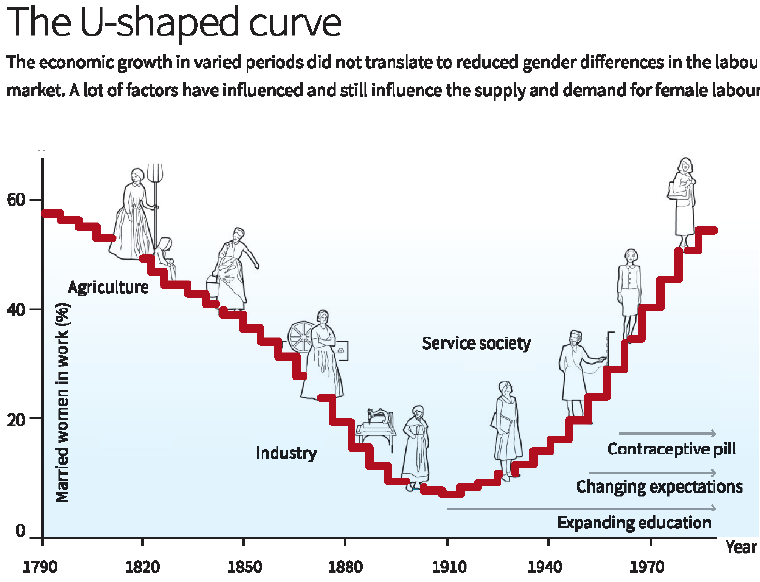
Current Affairs for UPSC Civil Services Exam – May 05-06, 2024
Subscribers of "Current Affairs" course can Download Daily Current Affairs in PDF/DOC
Subscribe to Never Miss an Important Update! Assured Discounts on New Products!
Must Join PMF IAS Telegram Channel & PMF IAS History Telegram Channel
{GS2 – MoPPP – Schemes} Bhavishya Portal
- Context (BT): An integrated portal for pensioners in collaboration with Bank of India was launched.
- It was launched by the Department of Pension and Pensioners’ Welfare (DoPPW).
- It digitalises pension services and enhances the welfare of pensioners.
- Its primary objective is to achieve transparency and efficiency in pension-related services.
- A major feature of the portal is that retirees can access their monthly pension slips, check the status of life certificates, submit Form 16, and view statements of arrears paid.
- Pension portals of SBI, Bank of Baroda, PNB, and Canara Bank are also integrated into this portal.
- The portal has a Bhavishya platform and CPENGRAMS, which is an online complaint redressal system.
Bhavishya Platform
|
|
{GS3 – Envi – CC Impacts} Impact of Climate Change on India’s Dairy Sector **
- Context (TOI): A Lancet report predicts that rising temperatures in India could reduce milk production by 25% by 2085. India faces a significant risk to livelihoods and nutrition due to these production losses.
- India is the largest milk producer and consumer globally. The northern plains of India account for 30% of the country’s milk production.
- Approximately 89 million smallholder dairy farmers contribute 85% of India’s total milk production.
Expected Losses
- Dairy experts use the Temperature Humidity Index (THI) to assess heat stress on cattle and buffaloes.
- THI measures the thermal comfort of animals, with an optimal value of up to 72 for milk production. For each THI value increase beyond 72, milk production in cattle declines by 200 grams per day.
- In the northern plains of India, THI levels exceed 80 during summers. Dairy cattle in this region experience heat stress for over half the year (April to October).
- Unabated heat stress is projected to result in a loss of ~3.4 lakh tons of milk production in the northern plains by 2030. Dairy farmers are estimated to lose approximately 15,000 crores.
Steps Taken by the Government
- The National Bureau of Animal Genetic Record (NBAGR) identified three major heat tolerance traits in cattle: heat shock proteins, coat colour, and woolly hair.
- Indigenous cattle, the Sahiwal breed, have shown better heat tolerance compared to exotic breeds.
- Krishi Vigyan Kendra (KVK) has established demonstration plots in 121 climate-vulnerable districts to showcase climate-resilient management practices.
- These practices include custom-designed shelters and feed supplementation with chromium propionate and trace mineral supplements, which improve the ability to withstand heat stress.
Issues
- Resilient traits like heat tolerance are not always prioritised in animal breeding programs due to farmers’ preference for high milk production.
- Scaling up climate-smart practices for smallholder dairy farmers is challenging due to low awareness, financial constraints, and the absence of a national climate-smart dairy development plan.
Way Forward
- Animal breeding programs need to integrate both milk production and heat tolerance traits to ensure productive and healthy cattle.
- To encourage the adoption of climate-smart practices among smallholder dairy farmers, a holistic approach is needed at the national level, including better advisory services, financial incentives, and parametric-based insurance packages.
{GS3 – Envi – Species} Red Squirrels as host of Leprosy
- Context (TH): Archaeological evidence shows that English red squirrels once served as an important host for Mycobacterium leprae strains that caused leprosy in medieval England.
- The medieval English city of Winchester was well known for its leprosarium (a hospital for people with leprosy) and connections to the fur trade.
- Leprosy still remains prevalent in Asia, Africa, and South America.
- Research in the last decade has shown that along with humans, armadillos, red squirrels, and chimpanzees can also be the natural hosts of M.leprae.
Red Squirrel (Sciurus vulgaris)

Credits: BBC
- Genus: Sciurus, Spread throughout Europe and Asia.
- The red squirrel is an arboreal (dwelling in tress), primarily herbivorous rodent.
- Long tail helps the squirrel balance and steer. It may also keep the animal warm during sleep.
- Like most tree squirrels, the red squirrel has sharp, curved claws that help it climb and descend. The red squirrel can also swim.
- Like human hair, its coat colour varies by region. It sheds its coat twice a year, switching from a thinner summer coat to a thicker, darker winter coat.
- Habitat: Boreal, coniferous woods in northern Europe and Siberia.
- Diet: Seeds of trees, fungi, nuts, berries, vegetables, garden flowers, tree sap and young shoots. More rarely, red squirrels may also eat bird eggs or nestlings.
- Excess food is put into caches, called “Middens”, either buried or in nooks or holes in trees.
- Life expectancy: If it survives the first winter, it can live up to 7 years in the wild.
- IUCN: Least Concern | Appendix III of the Bern Convention.
Bern Convention on the Conservation of European Wildlife and Natural Habitats
|
Armadillo
Credits: National Wildlife Conservation
|
To know more, visit > Leprosy
{GS3 – IE – Securities} P-Notes *
- Context (TOI): The International Financial Services Centre Authority (IFSCA) now permits non-banking entities like alternate investment funds to issue overseas derivative instruments (ODIs) from IFSC.
Overseas Derivative Instruments (ODIs) / P-Notes
- P-Notes are issued by registered Foreign Portfolio Investors (FPIs) to overseas investors who wish to participate in the Indian stock markets without registering themselves directly.
- P-notes have Indian stocks as their underlying assets.
- While P-note holders face less stringent registration requirements, they undergo a thorough due diligence process by the SEBI.
- P-Notes were criticised for being opaque and used to route suspect funds, causing market crashes. However, Sebi’s monitoring has made them more transparent over the years.
- After the FY24 budget, banks in IFSC were allowed to issue ODIs to clients based on Indian assets.
{GS3 – S&T – Space} IN-SPACe released NGP to implement the India Space Policy
- Context (TH): Indian National Space Promotion and Authorization Centre (IN-SPACe) has released the norms, guidelines and procedures (NGP) for the implementation of Indian Space Policy, 2023.
- It would complement the government’s endeavour to provide a predictable regulatory regime, transparency, and ease of doing business in the Indian space sector.
- The NGP includes the list of Space Activities that need Authorization from IN-SPACe, the criteria for granting the Authorization, and the necessary conditions/guidelines that an Applicant must adhere to.
Who needs Authorization?
- Any Entity carrying out Space Activities to or from Indian Territory or within India’s jurisdiction, including the area to the limit of its exclusive economic zone, needs Authorization from IN-SPACe.
Who can apply for Authorization?
- Only an Indian Entity can apply to IN-SPACe seeking Authorization. Non-Indian Entities desiring to conduct Space Activity in India can apply through an Indian Entity.
What activities need Authorization?
- Any Space Activity, including the launch, operation, guidance, and/or re-entry of any Space Object, requires Authorization from IN-SPACe.
IN-SPACe
|
Indian Space Policy, 2023
- Objective: To “enable, encourage, and develop a flourishing commercial presence in space”, which implies endorsement of the idea that the private sector is a crucial participant in the entire value chain of the space economy.
- It establishes:
- 4 distinct but related bodies that will enable increased private sector involvement in tasks that have typically been under the purview of the ISRO.
- 6 space technology incubation centers to promote innovation and entrepreneurship in startups, MSMEs, and private enterprises.
- It promotes international cooperation in the space domain, facilitating knowledge-sharing and access to global markets and private players.
- The policy delineates the roles and responsibilities of ISRO, New Space India Limited (NSIL), and the Indian National Space Promotion and Authorization Center (IN-SPACe).
IN-SPACe (Indian National Space Promotion and Authorisation Centre)
- It will serve as a single point of contact for authorization and clearance for a variety of activities, including satellite purchases and sales, the construction of launch pads, and the distribution of high-resolution data.
- It will exchange technologies, procedures, and best practices with NGEs (non-government entities) and government companies, and employ a “stable and predictable regulatory framework” to guarantee a level playing field.
New Space India Limited (NSIL)
- NSIL will be responsible for manufacturing, leasing, or acquiring space components, technologies, platforms, and other assets from the public or private sector.
- It will also be tasked with commercialising space technologies and platforms developed through public expenditures.
Department of Space
- It will serve as the nodal department for implementing space technologies and will oversee international cooperation for global space governance and programmes in consultation with the Ministry of External Affairs.
- Additionally, it will establish a suitable mechanism for resolving disputes spurred on by space activity.
Rationalising ISRO’s role
- ISRO will “transition out of the existing practice of being present in the manufacturing of operational space systems”. Mature systems shall be transferred to industries for commercial usage.
- ISRO shall focus on R&D in advanced technology and the realisation of space objects to meet national prerogatives. This will enable ISRO to focus all of its resources on long-term initiatives like Gaganyaan as well as cutting-edge research and development.
{GS3 – S&T – AI} Artificial General Intelligence **
- Context (IE): The CEO of OpenAI plans to invest in developing Artificial General Intelligence (AGI).
What is Artificial General Intelligence?
- The concept of AGI originated in the 20th century through a paper by Alan Turing.
- AGI aims to create machines or software that can perform any intellectual task humans can do, including reasoning, common sense, and abstract thinking.
- The main difference between AGI and Narrow AI lies in their scope and capabilities.
- Narrow AI is designed for specific tasks like image recognition or translation, while AGI aims for a broader, more generalised intelligence.
- Narrow AI excels within its set parameters, like playing chess, but can’t perform tasks outside its scope. AGI, on the other hand, is not restricted to any particular task.
- Siri, Alexa, Chat GPT4 and Google Assistant are examples of Narrow AI.
Concerns
- The massive computational power needed for AGI development raises concerns about energy consumption and e-waste generation.
- AGI could result in significant job loss and socio-economic inequality.
- It may introduce new security vulnerabilities, outpacing regulatory efforts.
- Dependence on AGI might lead to the loss of basic human skills and capabilities.
- It has the potential to surpass human abilities, leading to unpredictable actions.
- Professor Stephen Hawking warned that full artificial intelligence could end the human race.
|
{GS3 – S&T – Space} Chang’e-6 Probe *
- Context (BBC): China has sent the Chang’e-6 probe to collect samples from the far side of the Moon, for the first time.
- It plans to land softly in the South Pole–Aitken Basin, which is a large depression on the Moon.
About the Far Side of the Moon
- It is often called the “dark side” because it is not visible from Earth.
- It has a thicker and older crust compared to the near side, with more visible craters.
- The far side is less covered by ancient lava flows.
- Scientists believe that studying materials from this side could provide insights into the Moon’s formation.
- Five years ago, China landed a rover on the Moon’s far side, becoming the first country to do so.
China’s Space Missions
- China has planned three uncrewed missions to the moon this decade.
- The next mission, Chang’e-7, will explore the lunar south pole for water.
- The Chang’e-8 will aim to establish the feasibility of the International Lunar Research Station.
- Chang’e-5, the predecessor, retrieved the youngest ever lavas from the Moon in December 2020.
- China aims to send its first astronauts to the Moon by 2030.
- China has plans to send probes to collect samples from Mars and Jupiter.
{Prelims – Envi – Species} Orangutans
- Context (DTE): Scientists from Germany and Indonesia observed a male orangutan named ‘Rakus‘ in Sumatra using a medicinal plant to treat a wound on his face.
- Rakus was seen selectively ripping off leaves of a liana called Akar Kuning (Fibraurea tinctoria), chewing them, and applying the resulting juice onto the wound for several minutes.

- According to Scientists, the plant used by Rakus is known for its analgesic and antipyretic effects and is used in traditional medicine by local people to treat diseases like malaria.
Self-medication in non-human species
- It has been observed before, particularly among great apes like chimpanzees and orangutans.
- Great apes have been known to ingest specific plants to treat parasite infections and to use plant material to treat sore muscles.
- Recently, a chimpanzee group in Gabon was observed applying insects to wounds. However, the treatment of a wound with a biologically active substance like in Rakus’ case has not been documented before.
- Similar forms of wound treatment have been observed in both African and Asian great apes, indicating a shared behavior.
{Prelims – Envi – Species} Rhododendrons
- Context (TOI): Early blooming of rhododendrons in Uttarakhand indicates changing climate patterns.
- Typically, rhododendrons bloom in March and April in Uttarakhand. Recent observations show them blooming as early as December and January.
- An early bloom can disrupt the synchronisation between flowers and pollinators because Rhododendrons play a crucial role in the ecosystem by providing nectar for pollinators.
Rhododendrons

- Rhododendrons are native to temperate regions of Asia, North America, and Europe, as well as tropical regions of southeast Asia and northern Australia.
- They can be evergreen or deciduous shrubs or small trees with woody stems and broad, leathery leaves.
- The Darjeeling and Sikkim Himalayas are home to more than one-third of rhododendrons found in India.
- Many species of rhododendrons are popular ornamental plants in gardens and parks. They are the national flower of Nepal and the state tree of Uttarakhand in India.
- Rhododendrons have significant medicinal value, containing potassium, calcium, iron, and Vitamin C.
- They are used to treat ailments like mountain sickness and excessive bleeding during menstruation.
- Rhododendrons are considered indicator species for climate change.
{Prelims – In News} Drip Pricing
- Context (HT): The Centre recently warned about “drip pricing” and advised citizens to seek assistance if they encounter surges in charges on a product’s MRP (maximum retail price).
- Drip pricing is a pricing technique in which firms advertise only part of a product’s price and reveal other charges later as the customer goes through the buying process.
- The charges often involve withholding essential fees like local taxes or booking charges, or omitting necessary add-ons like internet access or amenities, which may be required for product or service usage.
- It is especially prevalent online, where the ‘sunk cost fallacy’ comes into play. This fallacy explains why customers still pay the extra price—the fact that they’ve already invested time and effort into the deal.
- It complicates comparison shopping and disadvantages sellers who provide more transparent pricing structures.

{Prelims – In News} Eta Aquariid Meteor Shower *
- Context (IE): The Eta Aquariid meteor shower started on April 15.
- A meteor shower occurs when Earth passes through trails of particles left by comets.
- During a meteor shower, the sky lights up as debris interacts with Earth’s atmosphere.
About Eta Aquariid Meteor Shower
- The Eta Aquariid meteor shower happens when Earth passes through the trails of particles left by Halley’s Comet.
- It appears to originate from the Aquarius constellation, hence its name ‘Eta Aquariid‘.
- The Eta Aquariid meteor shower stands out for its high speed, resulting in long-lasting glowing tails.
- The shower will likely be visible across the entire sky. A clear night sky with minimal light pollution is preferable for observing the meteor shower. Under optimal conditions, the meteor shower can be observed even with the naked eye.
- They are most visible in countries like Indonesia and Australia in the Southern Hemisphere.
- These showers occur annually in May.
Comets
- Comets are frozen, ancient celestial bodies dating back approximately 4.6 billion years. A comet consists of a head and a tail.
- Comets orbit the Sun in highly elliptical paths. They consist of dust, rock, and ice.
- Comets can vary in size, although many are approximately 10 kilometres wide.
- As comets approach the Sun, they heat up and release gases and dust, forming a glowing head.
- While NASA has identified 3,910 comets, billions more are believed to exist beyond Neptune in regions such as the Kuiper Belt and the Oort Cloud.
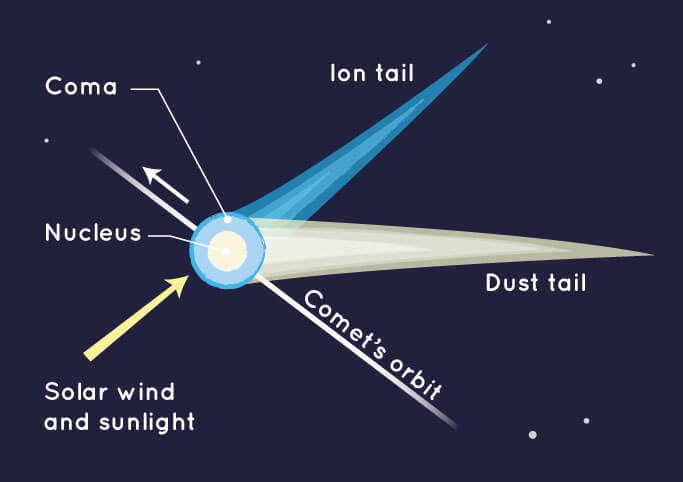
Credits: NASA
Meteors
- They are small particles of dust or rock that burn up when they enter Earth’s atmosphere.
- Most meteors are tiny, about the size of a grain of sand, and completely burn up in the atmosphere.
- Occasionally, larger meteors survive the journey and reach the ground, becoming meteorites.
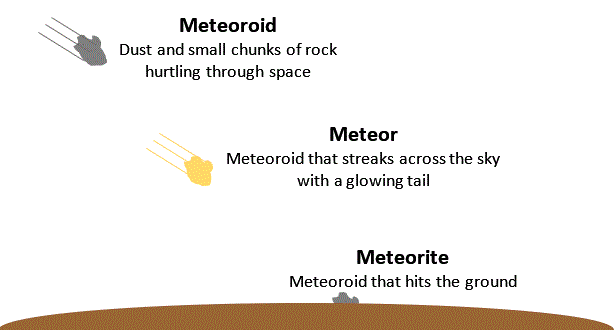
Credits: Forsyth Astronomical Society
Oort Cloud
Credits: NASA |
{Prelims – In News} Tyrian Purple
- Context (BBC): A rare dye called Tyrian purple, used for the robes of the Roman elite, was found at Carlisle Cricket Club.
- The Tyrian Purple pigment was made from the glands of marine snails. About 12,000 snails were needed to produce less than 2g of pigment.
- Tyrian purple was used in ancient Greek and Roman wall paintings and as a dye in textiles.
- It was used to dye the clothes of people in the imperial court and high society.
- The pigment was mixed with beeswax to preserve it.
{Prelims – PIN India} Sanglaphu Lake
- Context (TOI): Sanglaphu Lake was opened to the public for the first time in history.

- Sanglaphu Cho, also known as the “Great Lake,“ is a revered lake with immense religious significance.
- Location: Yumesamdong (Zero Point, near Lachung) in Sikkim at 5080m altitude.
- The emergence of Sanglaphu Cho gained prominence subsequent to the closure of the renowned Gurudongmar Lake due to a Glacial Lake Outburst Flood (GLOF).
Sanglaphu Mountain
- It is part of the Dongkya range.
- On its western flank, the water flows from Gurudongmar Glacier to Gurudongmar Lake, which lies in the headwaters of the Lachen Chu, which feeds the Teesta River.
{Prelims – S&T – Space} Exoplanet WASP-43b
- Context (WION): James Webb Space Telescope (JWST) has spotted winds blowing at unprecedented speeds on the exoplanet WASP-43b.
- Discovered in 2011, WASP-43b is a gas giant exoplanet that orbits a K-type star. It is around 283 light-years away from Earth.
- It is composed primarily of hydrogen and helium. It is significantly hotter than any gas giant in the solar system due to its closeness to its host star, which it orbits once every 19 Earth hours.
- It is tidally locked, meaning it keeps one hemisphere facing the star, just as the Moon keeps one face toward Earth.
|
{Prelims – Sci – Bio} Oxytocin
- Context (IE): The High Court takes note of the use of banned Oxytocin in the Dairy industry in Delhi.
- Oxytocin was banned in 2018, saying that it was being misused on milch cattle to increase yield, which affects not only the health of the cattle but also of humans who consume the milk.
- The Centre had decided that only one public sector undertaking, the Karnataka Antibiotics and Pharmaceuticals Limited (KAPL), would be permitted to produce Oxytocin to meet the needs of the country.
- Oxytocin, also known as the ‘love hormone’, is a hormone secreted during sex, childbirth, lactation or social bonding. It acts both as a hormone and a neurotransmitter.
- The hormone is produced in the hypothalamus and released into the bloodstream by the pituitary gland. However, it can also be chemically manufactured for use during childbirth. It is administered either as an injection or a nasal solution.
Uses of Oxytocin
- It helps contract the uterus and induce delivery, control bleeding, and promote the release of breast milk. Its use is especially crucial to prevent new mothers from excessively bleeding after giving birth.
- In the dairy industry, it is used to boost the delivery of milk production.
- It is also used to increase the size of vegetables such as pumpkins, watermelons, brinjals, gourds and cucumbers.
Harmful impacts of Oxytocin
- Prolonged use of Oxytocin causes infertility disorders like poor oestrus signs, reduced lactation period, lower conception rate and high embryonic mortalities.
- In the dairy industry, it leads to infertility of animals and has been linked to mastitis, a painful inflammation of the udder in animals.





![PMF IAS Environment for UPSC 2022-23 [paperback] PMF IAS [Nov 30, 2021]…](https://pmfias.b-cdn.net/wp-content/uploads/2024/04/pmfiasenvironmentforupsc2022-23paperbackpmfiasnov302021.jpg)

